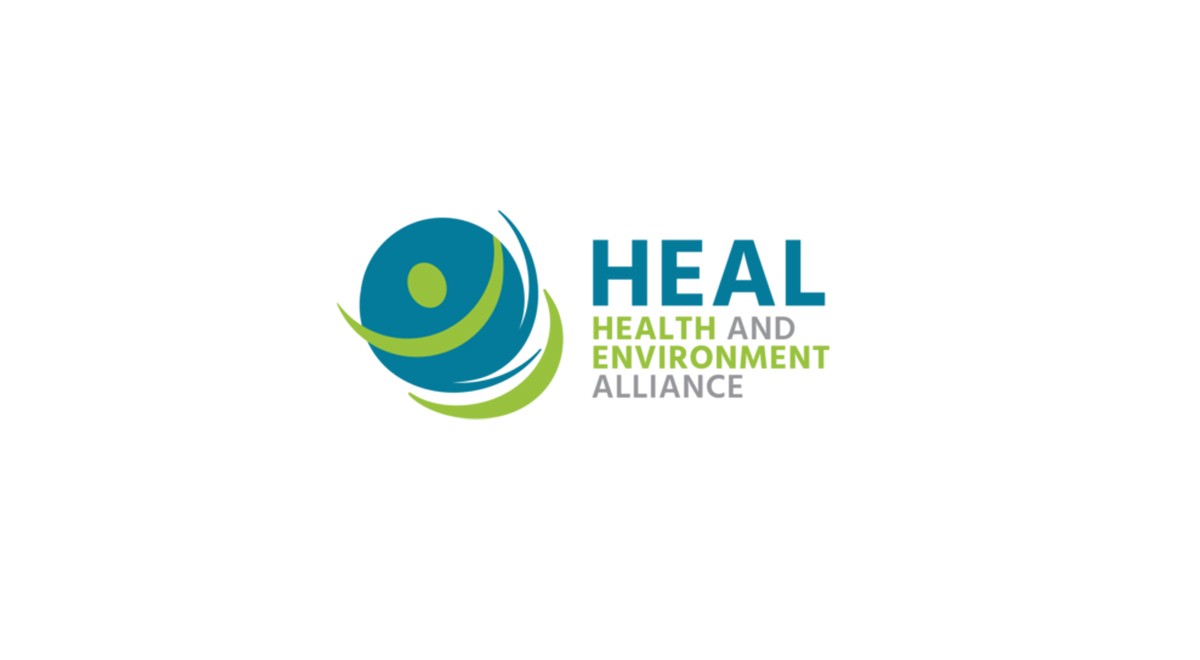Press release: HEAL, together with the EDC-Free Europe coalition, is calling on future EU leaders to protect health and the environment from health-harming endocrine-disrupting chemicals. The coalition shared its priorities for the upcoming policy mandate at an event at the European Parliament.
Chlorpyrifos, a pesticide known for its damaging effects on children’s brain development, is among the top 15 active substances most frequently found in European unprocessed food and prominently present in fruit. This is the conclusion of a new briefing published today, bringing together all official EU data on the analysis of 791 different pesticide residues [1].
Chlorpyrifos is most often detected in citrus fruits: more than 1 out of 3 sampled grapefruits (39%) and lemons (36%), and 1 out of 4 sampled oranges (29%) and mandarins (25%) contained chlorpyrifos residues.
The current authorisation of chlorpyrifos in the European Union is set to expire on 31 January 2020. Member States in charge of the safety assessment of this pesticide are among those countries where residues were most frequently detected in fruit. Spain, where roughly 1 in 5 sampled fruit (including 40% of oranges and 35% of mandarins) are contaminated with chlorpyrifos, is the rapporteur Member State assigned to oversee the re-authorisation dossier. Poland, acting as co-rapporteur, tops the charts as the country with the highest contamination of chlorpyrifos in apples.
Earlier this week, a series of investigative articles published by media outlets across Europe highlighted that the previous European market approval process of chlorpyrifos ignored hundreds of independent studies showing evidence of brain-harming effects [3]. The investigation also found that the EU approval was based on just one single study, that was commissioned by industry [4].
Exposure to chlorpyrifos, even in small doses, can harm children’s brain development and hormonal systems. Scientists have linked it to decreases of IQ in children, working memory loss, endocrine disruption, autism and Parkinson’s Disease [5].
Close to 200,000 have already raised their voices to demand a toxic-free future for farming and food [2]. This #BanChlorpyrifos petition – launched by international consumer watchdog SumOfUs, the Health and Environment Alliance (HEAL), Générations Futures, Ecologistas en Acción, and the European and German branches of the Pesticide Action Network – is pressuring European governments and the Commission to ban chlorpyrifos for good.
Génon K. Jensen, Executive Director at the Health and Environment Alliance (HEAL) says: “Parents should not have to worry about harming their children’s health when feeding them fruits like oranges or mandarins, which show the highest levels of chlorpyrifos residues. The body of evidence on neurotoxicity of chlorpyrifos and chlorpyrifos-methyl is compelling. Chronic exposure to low doses such as residues in fruit is linked to a decrease in IQ and working memory loss in children, there should be zero tolerance. We call on national governments and the EU institutions to make the withdrawal of both substances a public health priority.”
Angeliki Lyssimachou, Science Policy Officer at Pesticide Action Network Europe says: “It’s outrageous that our regulatory system allows for neurotoxic chlorpyrifos, known to harm children’s brains, to be used on open fields and its residues to be present in our food. We call upon regulators to ban chlorpyrifos at once and improve our pesticide authorisation system, which currently promotes dependency on toxic pesticides in agriculture threatening -rather than protecting- human health and the environment.”
Nabil Berbour, Campaign Manager at SumOfUs says: “This toxic pesticide is harmful to children’s brain development and should have been banned a long time ago in Europe as revealed by a series of investigative pieces in the European press this week. It’s time for EU governments to put people’s health before the pesticide industry’s profits. In a petition launched by the #BanChlorpyrifos group, more than 191,000 EU citizens urge them to do so.”
Peter Clausing, Board member of Pesticide Action Network Germany says: “Chlorpyrifos represents a bold example that the EU’s risk assessment for neurotoxic effects is outdated and insufficient.”



